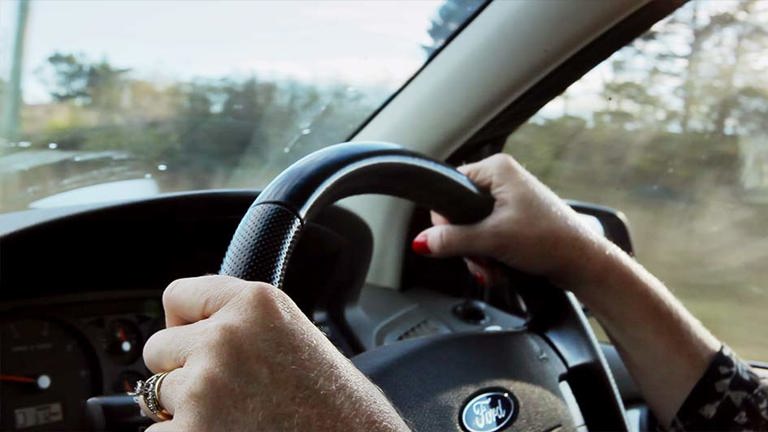When it comes to car insurance, Aussies certainly recognise the value of having a good policy. But the policy's details and ins and outs can often feel a little confusing.
Car insurance excess is a good example of this, with a common question being - what does excess in insurance mean? In short, excess is the amount you're required to pay when you make a claim on your car insurance policy. There may be different types of excess that apply in different situations, and for different types of drivers.
But how do you know what level of excess to choose? How much does excess cost? The details may seem complicated, but it's essential to understand how it works.
How does excess work?
For each and every claim you make under your policy, you are required to pay an excess. Say you have a basic excess of $500. If, following an accident, the total repair bill on your car is $3,000 as an example. You'll be responsible for contributing $500 towards the claim, with your insurance policy covering the remaining $2500.
The excess may also apply if no one is at fault, or in the case of a hit-and-run. If your car is ultimately found to be beyond repair, the excess is typically deducted once your final claim payment comes through.
When do you pay excess on car insurance?
You typically pay an excess on your car insurance when you make a claim, and it depends on the situation. Here are common instances when you’ll need to pay:
- You're at fault – if you’re responsible for the accident, you may need to pay the excess before your insurer finalises the repair or replacement costs.
- Fault can't be determined – if there’s no clear at-fault party or the other driver can’t be identified, you’ll likely need to pay the excess.
- Certain types of claims – excess may apply to events like theft, weather damage or hitting an animal.
- Named driver excess – if someone not listed on your policy was driving at the time of the accident, you may have to pay an additional excess.
There are some situations where you may need to pay multiple excesses. However, if you’re not at fault and you can provide the details of the responsible party, you might not need to pay an excess at all. Always check your policy for details.
How Much Can Excess Cost?
How much you pay for excess cover depends on the amount of basic excess you choose. Choosing a lower basic excess ensures that if an accident does occur, your out-of-pocket costs are reduced, but it also means your premium may cost more. Conversely, the higher the excess, the less you might pay in premiums.
Many Aussies choose a lower excess - opting to pay more for their premiums - not because they think they’re bad drivers, but because they understand accidents can happen, and when they do, it’s sometimes hard to determine who's at fault.
In those cases, if it’s ultimately established that another driver completely caused the accident and you were not at fault in the incident, then you won’t have to pay any excess. You just need to provide the other driver’s full name and two of either their phone number, address, driver’s licence number, or the registration number of their vehicle that was involved in the incident. Instead, the other driver (usually via their insurer) will be liable to pay.
Unfortunately, even in accidents where you are not at fault, it can sometimes be hard for claims investigators to establish that the other side was completely at fault. That’s why having a policy where you pay more for your premium, but less for your excess can be ideal, even if you have a perfect driving record. Many safe drivers with clean driving histories choose a lower excess simply for peace of mind.
How Can I Reduce My Excess?
There is flexibility around your basic excess - with Youi, you can choose your basic excess amount from a range of set amounts. You can opt for a higher excess, and you'll have a lower premium. However, if you make a claim you'll need to pay a higher excess.
It's also important to keep in mind that you can change your policy as your lifestyle and needs change. Review your policy regularly, and if you start to feel like your current excess no longer suits your needs, most insurers will allow you to change it at any time.
The bottom line is, only you can decide whether a higher or lower excess is best for you. Reach out to us anytime – we're always here to provide you with the information you need to make the best decision for you.




